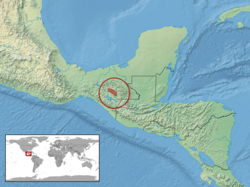| Adelphicos nigrilatum | |
|---|---|
 | |
| Scientific classification | |
| Kingdom: | Animalia |
| Phylum: | Chordata |
| Class: | Reptilia |
| Order: | Squamata |
| Suborder: | Serpentes |
| Family: | Colubridae |
| Genus: | Adelphicos |
| Species: | A. nigrilatum |
| Binomial name | |
| Adelphicos nigrilatum Smith, 1942 | |
 | |
Adelphicos nigrilatum, the burrowing snake, is a species of colubrid snake found in Mexico. [2]
